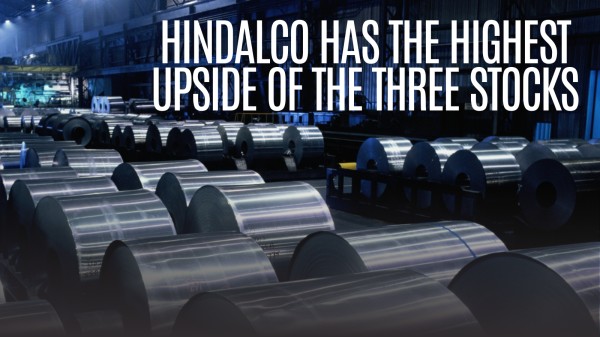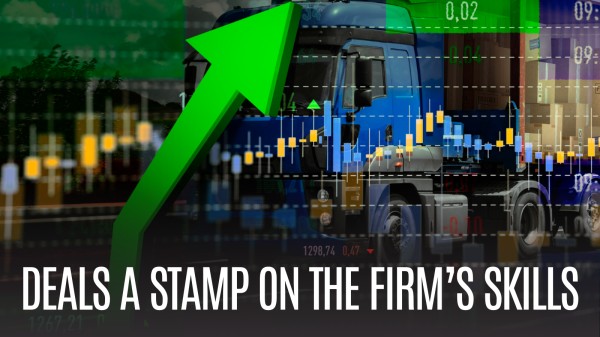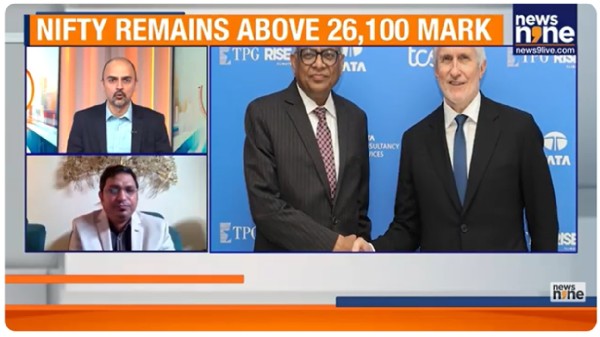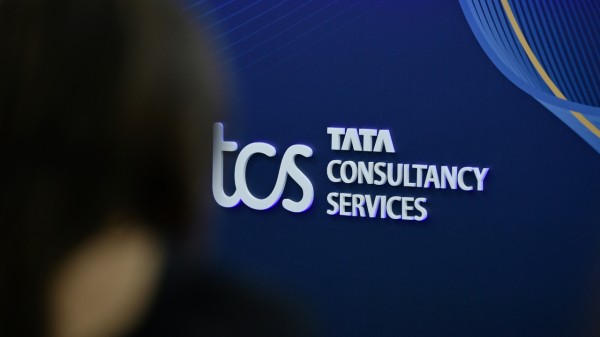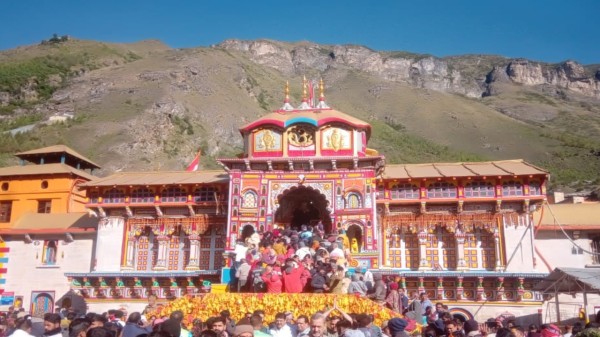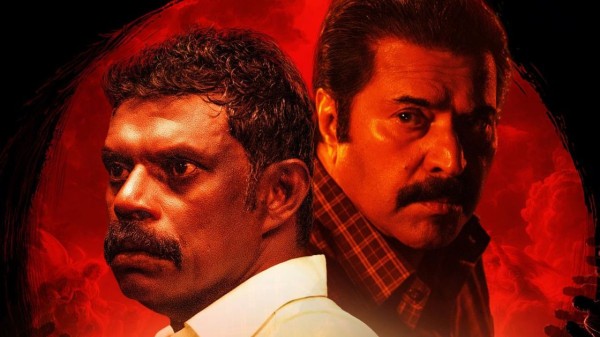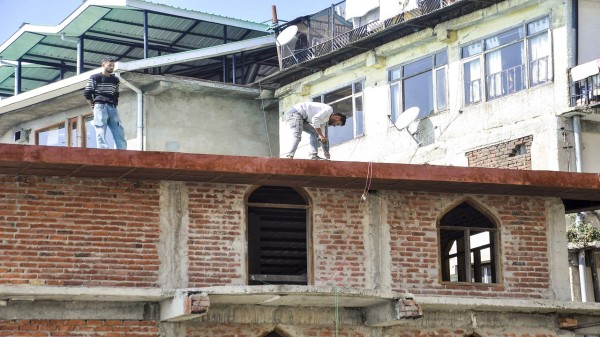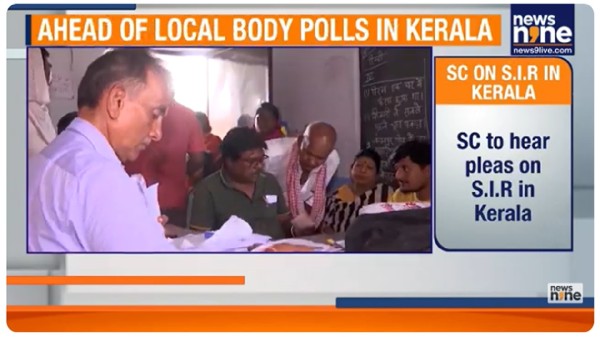

By signing in or creating an account, you agree with Associated Broadcasting Company's Terms & Conditions and Privacy Policy.


By signing in or creating an account, you agree with Associated Broadcasting Company's Terms & Conditions and Privacy Policy.

Kolkata: Even those who don't have anything to do with stock market investments have heard of Sensex. Launched on the first day of 1986, this statistical tool was constructed out of the 30 most popular stocks in Bombay Stock Exchange. The word is derived from two separate words ‘sensitive’ and ‘index’. This portmanteau was coined by market expert Deepak Mohoni in 1989. Most consider it the benchmark index of the Indian stock market. Its movement often determines the sentiment of the country's stock market investors. It is simply called Sensex, or Sensex 30 or BSE Sensex 30.
In layman's terms, if Sensex is rising, it is said to be in the green and indicates that the price of the major stocks are rising at that point of time. Since the prices of stocks can vary every moment, Sensex can also change every moment. On the other hand, if the Sensex goes down, it is interpreted that the overall market is declining. (Technically speaking, however, there is a gap. Since Sensex is composed of 30 shares only, it is not affected by the movement of prices of other shares in the market.)
While composing the index, a lot of careful consideration went into it. The experts tried to make it as broad-based as possible by selecting stocks from the major sectors of the economy. Therefore, the index is believed to reflect the state of the key sectors of the economy.
When Sensex was crafted it was done on the basis of “Full Market Capitalisation”. Later it switched to "Free-float Market Capitalisation" methodology effective September 1, 2003 in line with the method applied by all major index providers such as FTSE (Financial Times Stock Exchange Group) and MSCI (Morgan Stanley Capital International). It must be noted that free float represents the equity capital of a company that is readily available to the general public for trading. Evidently, it excludes the shares held by promoters and government enterprises/agencies -- shares which will not be available in the market.
For example, if a company has 100 shares and out of them 60 shares are available with the general public and the rest are held by the promoters of the company and the government, the Free-Float Market Capitalisation will be determined by multiplying the Market Capitalisation by the Free Float Factor. Significantly, Market capitalisation is the valuation of the particular company and can be calculated by multiplying the price of an equity share by the number of shares issued.
In order to calculate Sensex, the market capitalisation of all the constituent 30 companies are calculated. Then the Free Float market capitalisation of these firms is determined. Then, all the free float market capitalisation figures are added. Finally, the formula Sensex = (total free float market capitalisation/base market capitalisation) X Base index value is applied.
According to reports, Rs 2501.24 crore is to be used as the base market capitalisation. The base index value is 100.
According to BSE rules, a stock has to be listed in BSE for at least one year before it can be selected for being in the select basket. The company should also feature in the top 100 companies according to full market capitalisation. Usually, only stocks that are traded on every business day of the preceding one year is another filter applied. The stock should also be in the top 150 firms according to average number of trades/day and by average value of shares traded/day for the preceding one year -- this ensures adequate liquidity of a stock. BSE mentions on its website that the company should also have a track record that is acceptable to the Index Committee.
Usually, the BSE reviews Sensex every six months -- June and December with the objective of ensuring that the index reflects the prevailing state of the market as accurately as possible. But changes can also take place outside this schedule if there are important corporate moves such as mergers and acquisitions.
The companies in Sensex 30 now (March 2025) are the following:
ADANI PORTS & SEZ: (Industry) MISCELLANEOUS
ASIAN PAINTS: PAINTS
AXIS BANK: BANKING
BAJAJ FINANCE: FINANCE
BAJAJ FINSERV: FINANCE
BHARTI AIRTEL: TELECOM
HCL TECHNOLOGIES: SOFTWARE
HDFC BANK: BANKING
HINDUSTAN UNILEVER: FMCG
ICICI BANK: BANKING
INDUSIND BANK: BANKING
INFOSYS: SOFTWARE
ITC: FOOD & TOBACCO
KOTAK MAHINDRA BANK: BANKING
L&T: ENGINEERING
M&M: AUTOMOBILES
MARUTI SUZUKI: AUTOMOBILES
NESTLE: FMCG
NTPC: POWER
POWER GRID: POWER
RELIANCE IND: ENERGY
SBI: BANKING
SUN PHARMA: PHARMACEUTICALS
TATA MOTORS: AUTOMOBILES
TATA STEEL: STEEL
TCS: SOFTWARE
TECH MAHINDRA: SOFTWARE
TITAN: RETAILING
ULTRATECH CEMENT: CEMENT
ZOMATO: MISCELLANEOUS
It will be a mistake to think that the BSE offers only one index, the BSE Sensex. The exchange offers as many as 20 indices on a real-time basis. These are BSE SENSEX, BSE FOCUSED MIDCAP, BSE SENSEX 50, BSE SENSEX Next 50, BSE 100, BSE Bharat 22 Index, BSE SENSEX SIXTY, BSE Mid-Cap, BSE SmallCap, BSE 200, BSE 150 Mid-Cap Index, BSE 250 SmallCap Index, BSE 250 Large Mid Cap Index, BSE 400 Mid-SmallCap Index, BSE 500, BSE Large Cap, BSE SmallCap Select Index, BSE MidCap Select Index, BSE 100 Large Cap TMC Index and BSE SENSEX NEXT 30.
